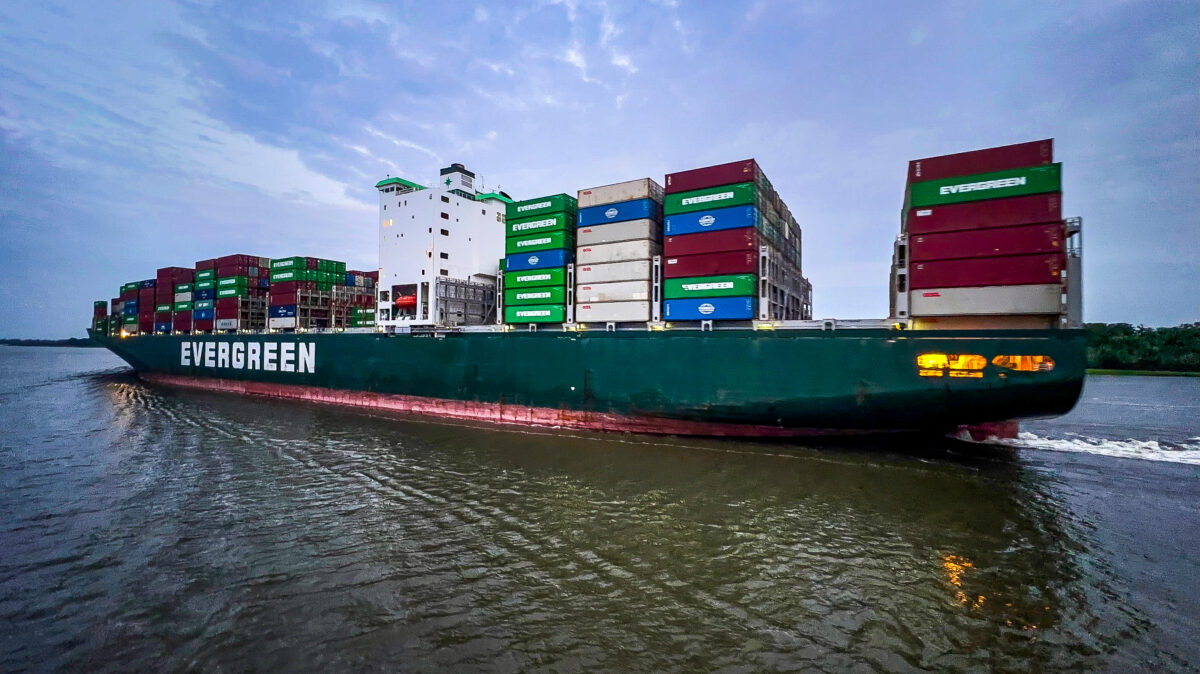Trump Considers Reopening Door to Trans-Pacific Partnership
TOPICS
TradeErin Anthony
Director, Communications

photo credit: AFBF Photo, Mike Tomko
Erin Anthony
Director, Communications
President Trump has reportedly asked his economic and trade teams to investigate the possibility of rejoining the Trans-Pacific Partnership, a 12-country trade agreement Trump pulled the U.S. out of in the first week of his presidency in January 2017. The TPP was finalized in February 2016, but not ratified by the U.S. before Trump withdrew the United States’ signature from the pact.
The original TPP is now the Comprehensive and Progressive Trans-Pacific Partnership and involves the other 11 TPP countries. Ratification of the CPTPP is expected this spring, and the trade partners could consider adding new members not long after.
There are few differences between the TPP the U.S. signed and the CPTPP. The American Farm Bureau Federation projected that under the TPP annual net farm income would have jumped by $4.4 billion, driven by an increase of direct U.S. agricultural exports of $5.3 billion per year upon full implementation of the agreement. It is estimated that increased market prospects for U.S. farmers and ranchers would have added more than 40,100 jobs to the U.S. economy.
When President Trump announced the United States’ withdrawal from TPP, AFBF President Zippy Duvall encouraged the White House to continue to expand export opportunities for farmers and ranchers.
“With this decision, it is critical that the new administration begin work immediately to do all it can to develop new markets for U.S. agricultural goods and to protect and advance U.S. agricultural interests in the critical Asia-Pacific region," Duvall said in a Jan. 23, 2017, statement.
The countries party to the CPTPP are Australia, Brunei, Canada, Chile, Japan, Malaysia, Mexico, New Zealand, Peru, Singapore and Vietnam.
Trending Topics
VIEW ALL